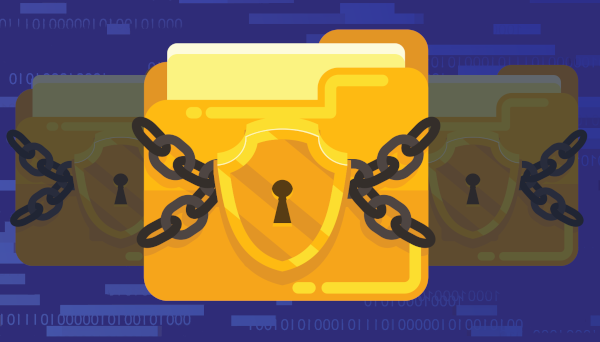 Proprietary information makes your business special, whether you’re a startup with a unique take on an area or a food manufacturer with a secret sauce. Regardless of industry, businesses gain a competitive advantage from distinct practices or unique data. The last thing you want is someone with ill intent getting their hands on your differentiators. Here are some tips on how to protect your proprietary information.
Proprietary information makes your business special, whether you’re a startup with a unique take on an area or a food manufacturer with a secret sauce. Regardless of industry, businesses gain a competitive advantage from distinct practices or unique data. The last thing you want is someone with ill intent getting their hands on your differentiators. Here are some tips on how to protect your proprietary information.
We all know cybercriminals are trying to gain unauthorized access to computers and networks. Most attention is on hackers stealing personal data, or malware attacks that render computers useless until a ransom is paid. Other prime reasons bad actors seek out technology vulnerabilities are for corporate espionage or to make a buck selling your proprietary information to the highest bidder.
Information such as your trade secrets, business strategies, financial information and product designs could all be at risk. The very future of your business could be at stake if you do not control and protect your proprietary data. The following strategies can help.
1) Limit Access to a Need-to-Know Basis
It may sound like you are in a spy movie when you tell staff that “you don’t have clearance for that.” but limiting access based on roles builds a stronger perimeter around your proprietary data.
For example, the front receptionist does not need the same level of access to technology or data as the owner. This cuts the risk of inadvertent exposure or insider threat, plus, it contains possible damage. If one of your staff members access credentials are compromised, the hacker will only get so far.
2) Audit and Educate
Regularly check your control over proprietary data and audit what critical information you have and who has access to that data.
Also, do background checks on employees to help prevent bad staff members from getting inside your security perimeter. Ongoing education can also help, as it will keep security best practices on top of your employees’ minds.
3) Restrict Personal Device Usage
Many employees prefer to use their own smartphones, laptops, or tablets. If you are going to allow a BYOD (Bring Your Own Device) policy in your business, you will need to establish strict guidelines.
- ask employees to register any personal devices used for work;
- ensure they have appropriate security software that is up to date.
- require regular software and vulnerability patching;
- create a separate, encrypted drive on those personal devices for work data;
- segregate the personal devices from the business network;
Also, ban the installation of hardware or software on office computers without involving yourself or your IT person. This can avoid someone installing a program that provides third-party access or even install malware into your network. The employee wouldn’t have meant to cause a security breach, but you want to be safe and be able to protect your data.
4) Protect Multifunction Devices, Too
Even with businesses doing more in the cloud, we still use printers, scanners and copiers. These devices could have internal storage or even be controlled by a small internal computer. These devices even have their own passwords which most people never change. So, shore up their security, change the default passwords and give these devices their own network separate from the main systems.
5) Destroy Old Hardware Properly
What do you do with the old technology after an upgrade? In many instances, people don’t delete any information the devices they discard but just leave them in a storeroom, give them to a friend or just throw them out.
You should work with a certified data destruction company to properly wipe your data clean before it has a chance to wander off into the hands of a stranger.
The ways to handle your proprietary information will evolve. Control and protection are key and our IT experts can help you keep up with the threats and cut your risks. Contact us today to talk about securing your business’s information.
